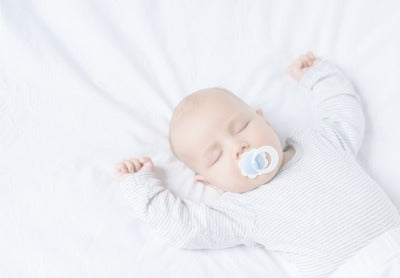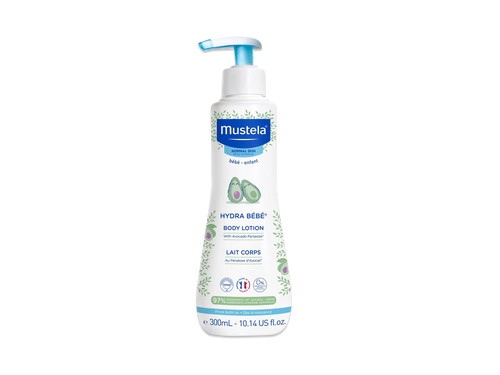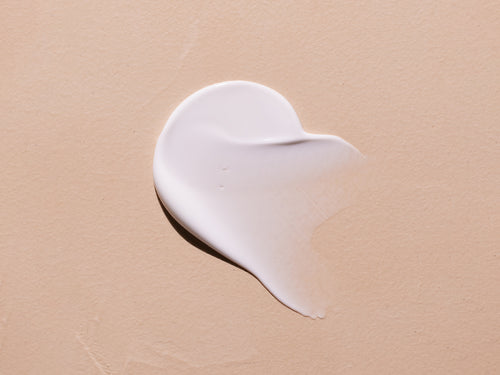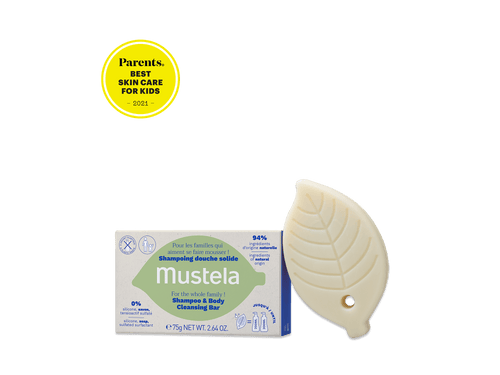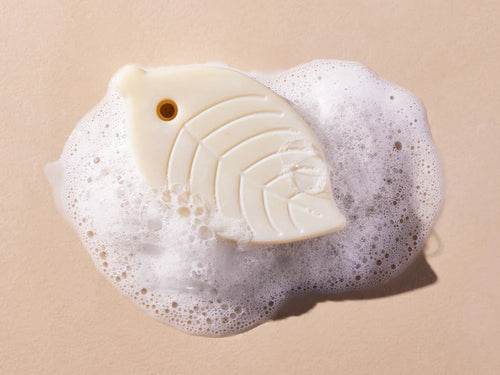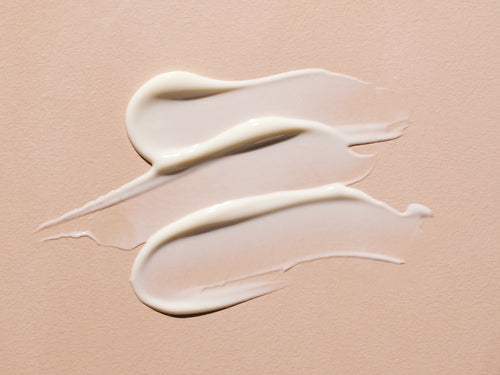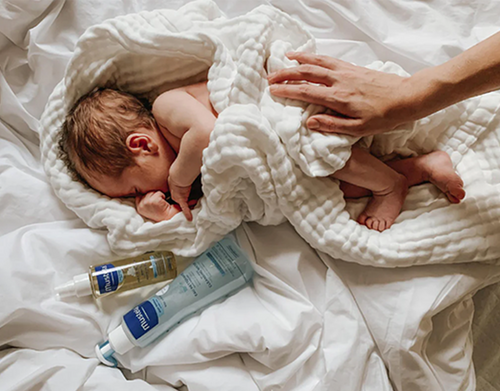Sleeping: it’s what babies spend the majority of their time doing. Until their first birthday, babies generally sleep 14 to 16 hours per day. This might have you wondering which baby sleep positions are best for your little bundle of joy.
As you’ll learn through this article, there is only one safe baby sleep position for children under one year of age: on their back. We’ll explain why this is true shortly. We’ll also tell you the best baby sleep positions for your baby after they’ve reached 12 months of age.
Finally, we’ll give you some additional baby sleep safety tips and explain the best ways to develop a nighttime routine with your little one.

Baby Sleep Positions: Before 12 Months
As we’ve already mentioned, back sleeping is the only safe sleeping position for babies under 12 months of age. You might find this advice strange, as you may have been put to sleep on your tummy when you were a child. That’s because, until 1992, the medical community advised parents that babies should sleep on their stomachs.
So what changed? In short, research revealed that putting your baby to sleep on their back greatly reduces the risk of Sudden Infant Death Syndrome (SIDS). As soon as doctors and medical professionals became aware that it was not safe to put babies to sleep on their stomachs, they reversed their advice and began telling parents to put their babies to bed on their backs.
To help get this new message out, the American Association of Pediatrics started a campaign called Back To Sleep. The purpose of this campaign was to inform all parents that the only safe baby sleep position for children under one is on their backs.

Thankfully, the campaign was extremely effective and parents began heeding this new medical advice. As a result, the number of infants who died from SIDS fell by 53 percent from 1992 to 2001. Then from 2008 to 2013, this figure dropped another 24 percent.
With so many babies sleeping on their backs, doctors began to notice an increase in a condition called plagiocephaly, the abnormal development of an infant’s head. Since babies have delicate heads that are not yet fully developed, doctors believe the increase in this condition is caused by back sleeping.
However, plagiocephaly is not a life-threatening condition. In fact, it normally does not require any treatment and resolves itself as babies continue to grow and develop. Giving your baby plenty of tummy time when they’re awake and alert will also prevent plagiocephaly. So don’t let this minor condition lead you to put your baby to sleep on their stomach.
Until your little one’s first birthday, they should always sleep on their back to reduce the chance of SIDS. But after 12 months, your baby is free to explore other sleep positions. Let’s discuss.
Baby Sleep Positions: After 12 Months
By the time your little bundle of joy reaches the 12-month mark, they will be able to squirm, twist, kick, crawl, and roll over. This means that your baby will be flipping and turning in their sleep.
If your baby’s muscles are developed enough to turn themselves over, then you don’t need to worry about them sleeping on their stomach. If they become uncomfortable or are having trouble breathing, they will simply roll into a new position.
In other words, after your baby’s first birthday, all sleep positions are safe. It is still suggested that you put your little one down on their back, but after that, you can let them decide what sleep position is most comfortable. There’s no need to be concerned or flip them over to their back if see your baby sleeping on their tummy.

Baby Sleep Safety Tips
Nothing is as important as your child’s safety. There are a number of little habits you can get into to make sure your precious baby is sleeping safely. These tips apply to all baby sleep positions.
Avoid Co-Sleeping (But Bring Your Baby Into Your Room!)
Research has shown that bringing your baby into bed with you and your partner actually increases the risk of SIDS. Some parents may believe having their baby in bed with them will allow them to monitor their baby more closely, but this is not the case.
At the same time, evidence suggests that allowing your little one to sleep in your bedroom for the first six months of their life will reduce the chances of SIDS. So don’t be afraid to bring your baby’s crib or bassinet into your bedroom.
Choose A Firm Mattress For Your Baby
Medical experts agree that a firm mattress is safest for your baby. This will allow them to sleep comfortably while also preventing them from inadvertently rolling over onto their stomachs before they’re ready for tummy sleeping.
Keep Your Baby’s Crib Clear
Research shows that soft blankets, toys, stuffed animals, and pillows are all SIDS hazards. They may block your baby’s airways or raise your baby’s body temperature to unsafe levels.
You can keep your little one warm at night by dressing them in a snug onesie. If you’re still concerned about your baby getting cold overnight, try putting them to bed in a sleep sack or wearable blanket.

Stay Up To Date With Immunizations
While researchers aren’t sure why, babies who are current on their immunizations have a much smaller chance of being taken by SIDS. This is just another excellent reason to make sure your little one is up to date on all of their vaccination shots.
Give Your Baby A Pacifier
Giving your baby a dry, clean pacifier when you lay them down to sleep will reduce the risk of SIDS. If your baby is already asleep, don’t try to give them a pacifier.
Also, if you are breastfeeding, wait until four weeks after birth to give your little one a pacifier. This will prevent nipple confusion.
Monitor Your Baby’s Environment
Keep the room that your baby sleeps in—whether it’s your bedroom or a nursery—around 70 degrees Fahrenheit. Use a humidifier to keep the air moist so that your little one can breathe easily. And finally, never allow smoking around your baby or in the room where your baby sleeps.
Breastfeed For The First Two Months
This is another mystery to researchers. It’s not clear why, but babies who are breastfed for the first two months of life are at a much lower risk of SIDS. If possible, breastfeed your little one until they’re at least two months old.
Tips For Developing A Nighttime Routine
Developing a nighttime routine will help your child learn healthy sleeping habits. Like a daily hygiene routine, a comforting nighttime routine will build positive associations with these habits.
Give Your Little One A Bath

Although newborns don’t always enjoy bath time, it’s definitely something your little one can learn to associate with comfort and sleep. Use water that is around 100 degrees Fahrenheit (give or take one or two degrees), and always use safe, baby-friendly products, like Mustela’s.
We offer a variety of bath time products, from body wash and shampoo to bath oil and bubble bath. Mustela products are made from gentle ingredients that will cleanse your baby’s delicate skin without causing dryness or irritation.
Read A Story Or Sing A Song
It is crucial to your baby’s development that you speak, read, and sing to them often. This helps them gain an understanding of language and learn to speak sooner.
On top of all that, your baby finds your voice soothing. Incredibly, research has shown that babies recognize their mother’s voice before they are even born. This means that reading and singing to your baby are an important step in a nighttime routine. It’s both developmentally important and comforting for your child.
Soothe Your Baby With A Massage

Everyone loves a good massage—including your baby! Skin-to-skin contact is not only soothing for your child, but it’s also essential for their growth and development.
So what better way to put your little one to sleep than with a gentle massage? Use a few drops of baby oil to hydrate your child’s skin and comfort them while they doze off to sleep.
As you’re certainly aware, babies sleep quite a bit. That’s why it’s vital to monitor baby sleep positions and follow the safety tips we’ve provided in this article. Keep your baby safe while letting them sleep soundly!


